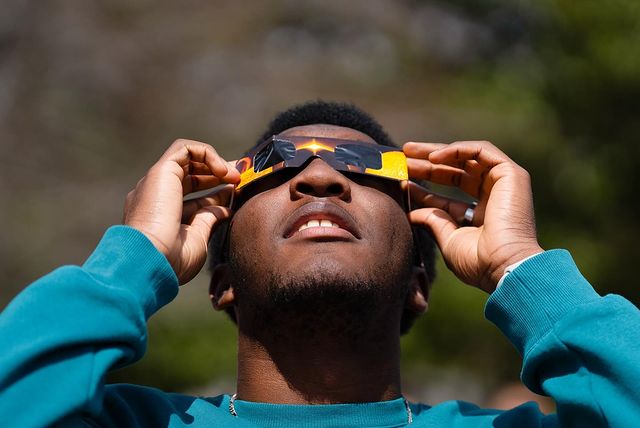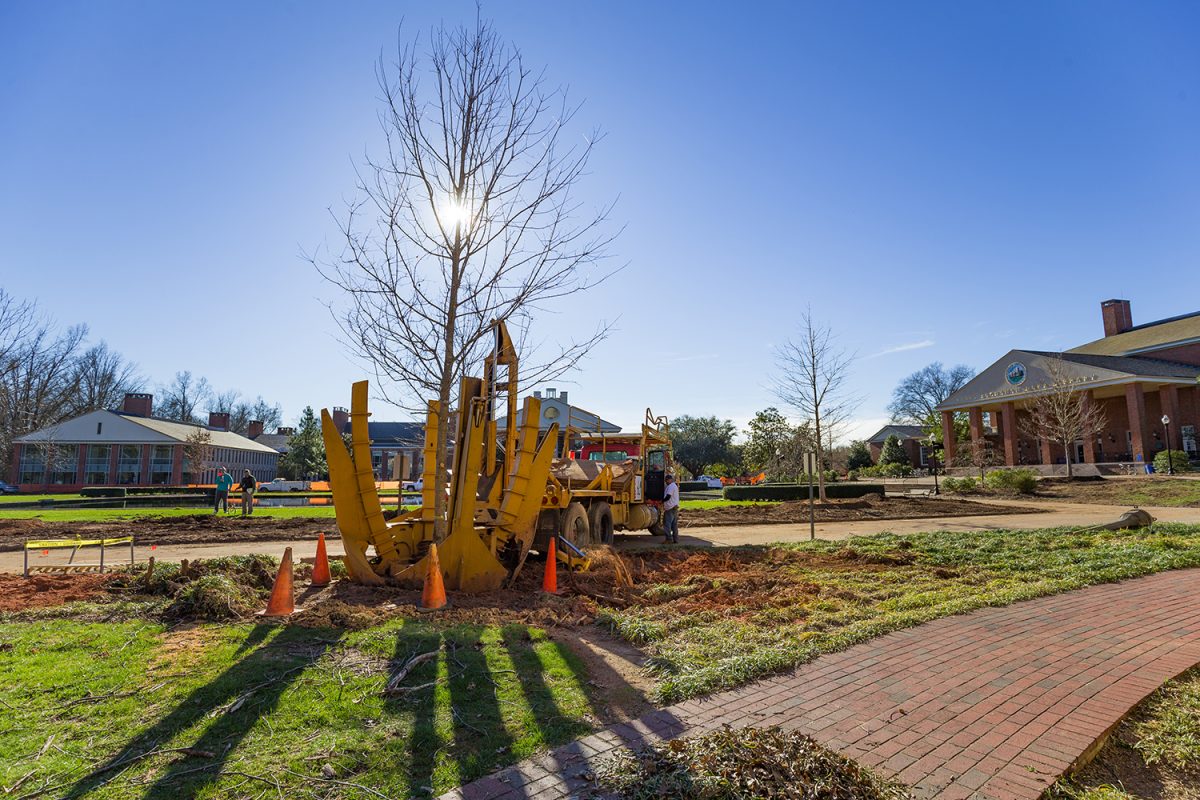The black swans that populated Furman’s lake were a popular sight with students and visitors before they disappeared last spring. It was surprising then when students returned to campus for a new semester to find a large enclosure housing the two black swans on the east shore of the lake.
What is more surprising is that there is now only one black swan.
Last spring, the female swan, Isabelle, went missing for several days before Facilities Services found her, injured from an attack by white swans. Apparently, the white swans are territorial and aggressive during their spring mating season.
Isabelle would make a successful recovery under the care of a veterinarian and Facilities Services. She would not return to the lake though. Instead Facilities Services placed Isabelle and her partner, Thomas, in a 20′ by 25′ enclosure along the lake to protect them as their breeding season approached.
Unfortunately, this setup presented new problems. Furman’s water population includes not only swans and fish but also snapping turtles. These creatures are much larger and live in deeper waters than the small turtles students often glimpse sunning themselves on warm days.
“As the water went down, we had to move the enclosure down so they would have enough water,” said Sheree Wright, Senior Grounds Keeper at Furman. “This took them into the area where the [snapping] turtles live.”
Wright, who tends to the swans twice daily, went to feed the swans one morning only to find that Thomas’s beak had been badly injured by what appeared to have been a snapping turtle. He was taken to a veterinarian who specializes in beak reconstruction, but the injury was beyond repair. Thomas was humanely sedated and euthanized and later buried on Furman’s campus.
The female swan will continue to stay in the enclosure since there is a slight chance that she is pregnant. Furman has no plans to purchase another swan at this time.
“We’re reluctant to replace our swans before the lake changes,” Wright commented. “It needs to be dredged. And the snapping turtles need to be relocated. They kill baby ducks and swans.”
Furman introduced the black Australian swans to the lake last March. According to Wright, an anonymous couple that enjoys watching the swans on the lake donated the $950 necessary to purchase what Furman had hoped would become a breeding pair.
Students interested in helping the university purchase a new black swan and improve lake quality can donate to Friends of the Lake.



























